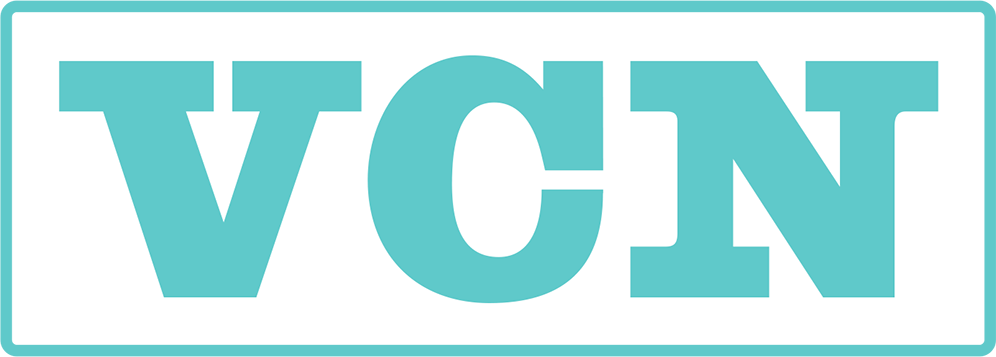Summary
Our short content video series, “Two sides. One story” has come to an end.
We set out with the hypothesis that the real story of America’s divide is more nuanced than how it is portrayed by the pollsters and in the media. For the past six weeks we shared 12 videos from our “Two sides. One story” series that revealed deeper insights about how divided we really are (or not) and how new bridges could be built to transcend politics.
And we did find a common thread among all voters– Trump enthusiasts, Harris enthusiasts and “conflicted” Trump voters. Everyone is exhausted by the misinformation, media bias and noise. And people from all sides are feeling stereotyped and silenced.
This impact is coming from the extreme right and left, which 75%+ voters are not even part of. This vast group of people tend to hold “hybrid” views able to see things that make sense from both sides, like strong borders and compassion.
Can they shape the future together?
Please take a look at our summary video below and PDF in this link. And if you need insights and/or content for your brand, please get in touch!
